Neuronal Network Waves
This shader is ported from shadertoy: Wet neural network interactive (shadertoy.com)
I added uniforms to modify shader parameters based on mouse position, the code is not perfect and you can play with it. this shader have very smooth animation based on mose position.
Also you can change color from the shader panel parameters or the transparency.
Here is a example code, very basic to get mouse position in GDscript:
extends ColorRect
var shader_material: ShaderMaterial
func _ready():
shader_material = self.material
func _process(delta):
var mouse_pos = get_local_mouse_position() / 100
shader_material.set_shader_parameter("mouse_position", mouse_pos)
Enjoy.!!
Shader code
shader_type canvas_item;
uniform vec2 mouse_position = vec2(0.5, 0.5);
uniform vec4 wave_color: source_color = vec4(1.0, 2.0, 4.0, 1.0);
uniform float wave_transparency: hint_range(0.0, 1.0) = 1.0;
mat2 rotate2D(float r) {
// Matriz de rotación 2D
return mat2(vec2(cos(r), sin(r)), vec2(-sin(r), cos(r)));
}
void fragment() {
// Coordenadas de textura
vec2 uv = (FRAGCOORD.xy / TEXTURE_PIXEL_SIZE.y) * 0.001;
// Color inicial
vec3 col = vec3(0.0);
// Tiempo
float t = TIME;
// Variables para el cálculo del ruido
vec2 n = vec2(0.0), q;
vec2 N = vec2(0.0);
// Posición inicial
vec2 p = uv + sin(t*0.1/10.0);
// Escala inicial
float S = 10.0;
// Matriz de rotación
mat2 m = rotate2D(1.0 - (mouse_position.x * 0.001));
// Bucle principal para generar el ruido
for (float j = 0.0; j < 30.0; j++) {
// Rotar la posición y el vector normal
p *= m;
n *= m;
// Calcular el valor del ruido
q = p * S + j + n + t;
n += sin(q);
N += cos(q) / S;
// Aumentar la escala
S *= 1.2;
}
// Evitar divisiones por cero
float lengthN = max(length(N), 0.001);
// Calcular el color final
col = wave_color.rgb * pow((N.x + N.y + 0.4) + 0.005 / lengthN, 2.1);
// col = pow(max(vec3(0),(N.x+N.y+.5)*.1*wave_color.rgb+.003/length(N)),vec3(.65));
COLOR = vec4(col, wave_transparency);
}
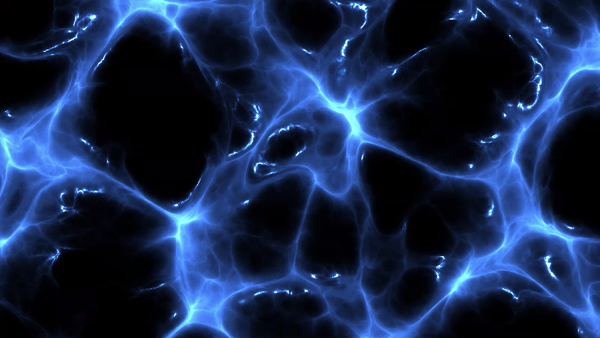

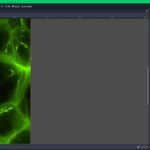

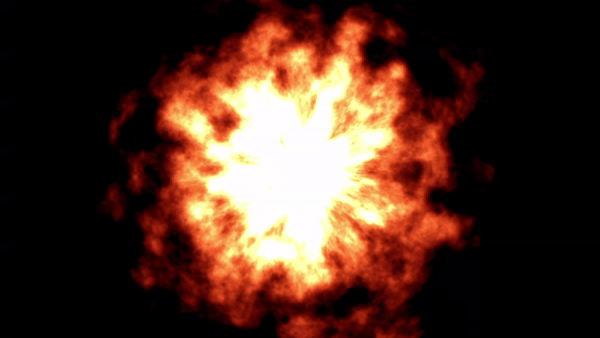
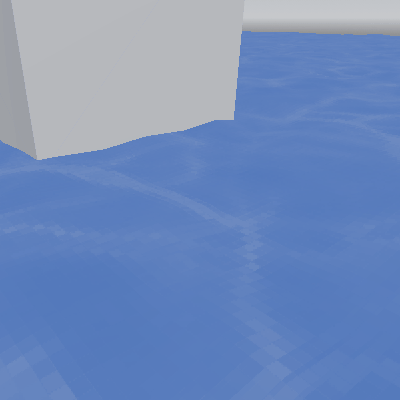

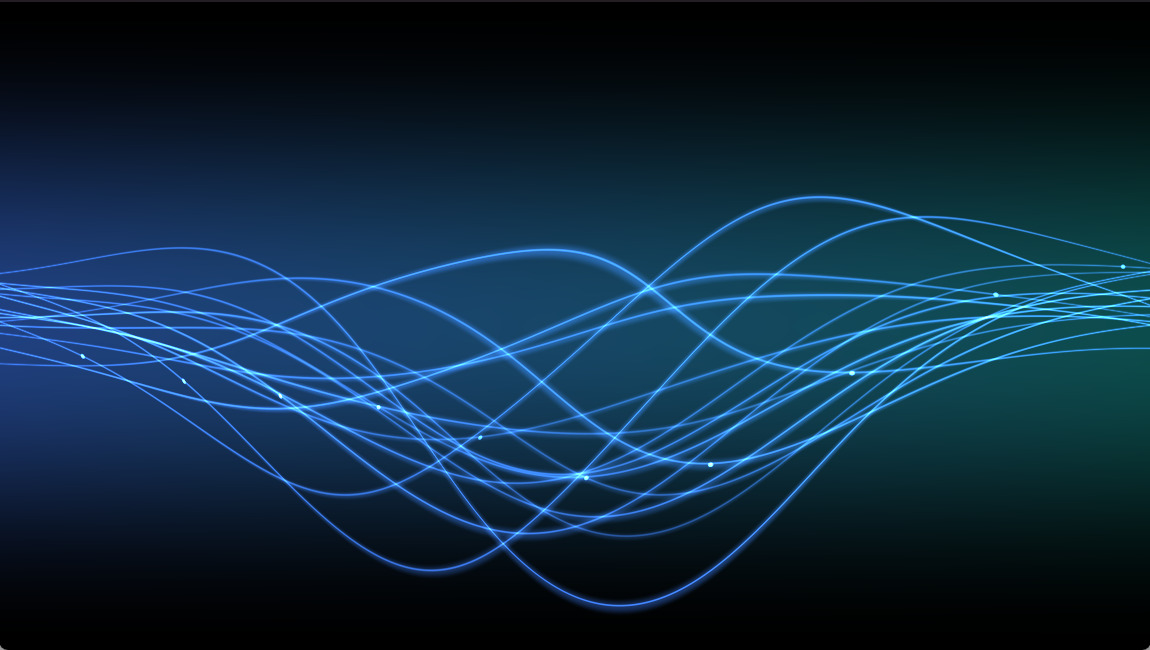
This is so cool! I love it, great job 🔥
is there a way to make it bigger?
Cool!